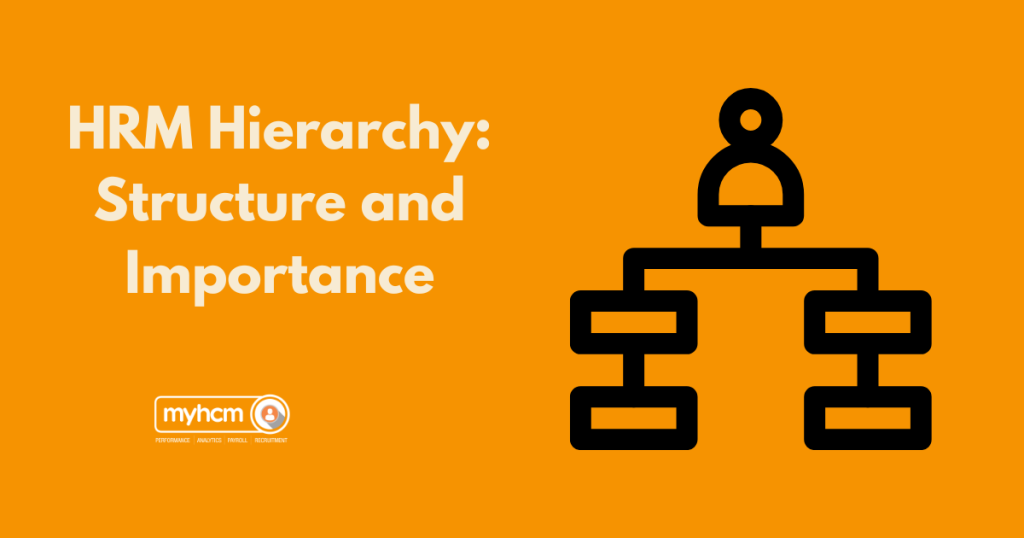Introduction
The human resource management hierarchy is essential for any organization. It defines the structure of HR roles and responsibilities. Understanding this hierarchy helps companies manage their workforce effectively. Moreover, it enables organizations to streamline HR processes. With a clear HRM hierarchy, businesses can align their HR strategies with overall goals. In this blog, we will explore the meaning of the HRM hierarchy, its components, levels, and significance in today’s business environment.
What Is Human Resource Management Hierarchy?
The human resource management hierarchy refers to the organized structure of HR roles within a company. This hierarchy typically consists of several levels, each with specific responsibilities. At the top of the hierarchy is the Chief Human Resources Officer (CHRO) or HR Director. Below them are various HR managers and specialists responsible for different areas, such as recruitment, training, and compliance. Understanding the HRM hierarchy ensures that HR tasks are completed efficiently and effectively. Each level plays a vital role in supporting the organization’s goals.
Levels of the Human Resource Management Hierarchy
The HRM hierarchy usually has three main levels: strategic, operational, and administrative. At the strategic level, HR leaders develop long-term plans. They align HR initiatives with business objectives. Next is the operational level, where HR managers implement these plans. They oversee daily HR activities, such as recruitment and training. Finally, the administrative level includes HR specialists and assistants who handle tasks like payroll and employee records. This structured approach within the HRM hierarchy ensures that each function is performed efficiently.
Importance of the Human Resource Management Hierarchy
Recognizing the importance of the HRM hierarchy is crucial for organizational success. First, it clarifies roles and responsibilities. Employees know who to approach for specific HR issues. Second, it enhances communication. A well-defined hierarchy facilitates effective communication among HR personnel and other departments. Moreover, the HRM hierarchy supports better decision-making. With clear lines of authority, HR leaders can make informed decisions quickly. Lastly, it enables effective talent management. Organizations can identify and develop high-potential employees through this structure.
Benefits of a Clear Human Resource Management Hierarchy
Implementing a clear HRM hierarchy brings numerous benefits. First, it improves efficiency. When HR roles are clearly defined, tasks are completed more swiftly. Second, it promotes employee satisfaction. Employees feel more secure knowing their roles and who to consult for assistance. Additionally, a well-structured hierarchy aids in performance management. HR leaders can identify and address performance issues more effectively. Furthermore, the HRM hierarchy supports career development. Employees can see potential career paths within the organization.
Choosing the Right Structure for Your Human Resource Management Hierarchy
When establishing a HRM hierarchy, it’s essential to choose the right structure for your organization. First, assess the size and complexity of your business. Larger organizations may require more levels and specialized roles. Conversely, smaller companies might benefit from a flatter structure. Next, consider your organization’s culture. A collaborative culture may thrive with a less rigid hierarchy. Additionally, ensure that the hierarchy aligns with your business goals. Each level of the HRM hierarchy should contribute to achieving these objectives.
Conclusion
In conclusion, the human resource management hierarchy is vital for effective HR operations within organizations. It provides a clear structure for roles and responsibilities, facilitating communication and decision-making. Understanding this hierarchy allows businesses to align their HR strategies with overall goals and enhance employee satisfaction. As organizations grow and evolve, a well-defined HRM hierarchy becomes increasingly important. By recognizing its significance, businesses can optimize their HR processes and drive success.
